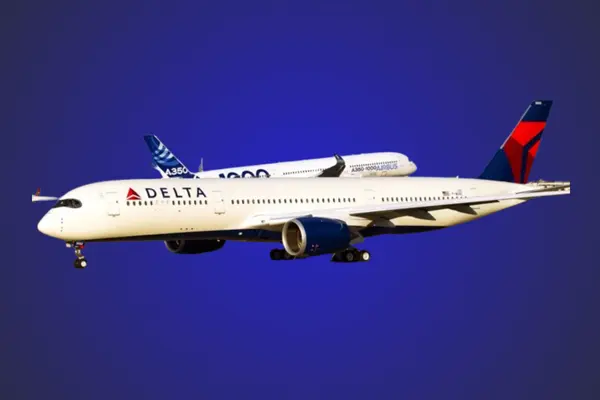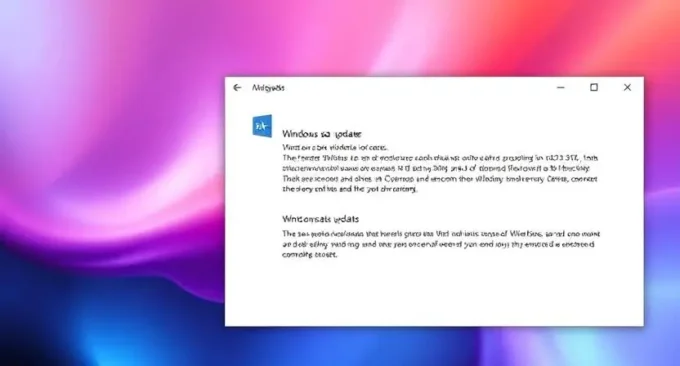Today we will discuss about delta flight dl275 diverted lax , Delta Flight DL275 made news when it was abruptly diverted to Los Angeles International Airport (LAX) from its original transpacific itinerary from Incheon International Airport (ICN), Seoul, South Korea, to Hartsfield-Jackson Atlanta International Airport (ATL). Delta Air Lines’ Boeing 777 began its unplanned landing because of what the airline later described as a “mechanical issue” aboard.
A few hours into the journey, the incident happened over the Pacific Ocean. In accordance with accepted aviation safety procedures, crew members concluded that the safest course of action was to land right away. Being extremely cautious led to the decision to divert to LAX, which demonstrates Delta’s dedication to both operational excellence and passenger safety.
Timeline of Events: A Detailed Account at Delta Flight DL275 Diverted LAX
- Departure from Incheon (ICN): The flight departed on schedule, with passengers onboard expecting a routine transcontinental journey.
- In-Flight Issue Detected: Approximately six hours into the flight, crew noticed irregularities in system performance, reportedly linked to the aircraft’s pressurization or fuel monitoring systems.
- Pilot Declaration: The flight crew declared a non-emergency diversion and coordinated with air traffic control to reroute toward LAX.
- Safe Landing at LAX: The aircraft landed safely without incident at Los Angeles International Airport. Emergency vehicles were on standby, but were not required.
Experience of Passengers and Airline Reaction
At delta flight dl275 diverted lax, Affected customers have expressed both relief and annoyance with Delta’s handling of the flight change. Although the unplanned pause obviously caused inconvenience to many passengers, all were safe. For travelers that needed to rebook, Delta offered meals, hotel stays, and other services. Some were given alternate flights from Los Angeles, while others were redirected straight to Atlanta.
The following statement was released by a Delta Airlines representative:
“We sincerely regret any inconvenience caused to our clients’ travel arrangements, and we value their patience while we made every effort to ensure everyone arrived at their destination safely. Our first priority is still safety.
Throughout the experience, passengers said that the cabin crew maintained a peaceful mood and gave constant updates while remaining professional and calm. While some passengers expressed their annoyance on social media, the general reaction was one of appreciation for the professionalism of the crew and Delta’s prompt action.
What Leads to Such a Flight Diversion?
Diverted flights can be caused by a number of problems. Although complete technical data have not yet been made public, initial information regarding Delta Flight DL275 indicates that a minor mechanical system was the source of the issue.
The following are typical reasons for diversions:
- Mechanical system warnings
- Medical emergencies
- Unfavorable weather conditions
- Security concerns
- Fuel system anomalies
When airlines decide to divert, they typically weigh the severity of the issue against the distance to alternate airports, weather forecasts, aircraft status, and available support services. The decision is not taken lightly, especially during long-haul international flights.
Airplanes Details: Boeing 777 in Focus at Delta Flight DL275 Diverted LAX
One of the most dependable long-haul airplanes in international aviation, the Boeing 777-200LR, was used to operate Delta Flight DL275. This plane is renowned for its:
- Increased range (up to 15,843 kilometers)
- Contemporary cockpit equipment
- Safety systems that are redundant
- 317 persons in three classes is the maximum capacity.
Even the most sophisticated airplanes can have mechanical problems, despite their reputation for dependability. The DL275 incident serves as a reminder of the intricate workings of aviation technology and the strict safety regulations that airlines enforce.
LAX Management and Emergency Reaction at Delta Flight DL275 Diverted LAX
When Delta landed at Los Angeles International Airport, its ground crew was already on the ground. There was no need for evacuation, although emergency personnel were on standby. The passengers safely disembarked from the aircraft once it taxied to the gate.
Officials at LAX attested that the detour was managed without incident and that it had no effect on other airport operations. As is customary for all unplanned landings of this kind, the Federal Aviation Administration (FAA) has been informed and is currently investigating the incident.
Effect on Flight Operations and Schedules
Delta’s worldwide operations were impacted by the DL275 diversion. Schedule changes and delayed arrivals were accommodated by ground workers at both LAX and ATL. A replacement aircraft was sent to resume the impacted route while the original aircraft was out of commission for maintenance and technical examinations.
Minor delays were encountered by passengers connecting through Atlanta, however Delta promptly reassigned resources to reduce any inconveniences. Additionally, the airline provided affected passengers with travel waivers, which let them rebook flights without incurring penalties.
Industry Standards and Safety Procedures at Delta Flight DL275 Diverted LAX
Before, during, and after every flight, Delta Airlines conducts stringent internal safety inspections in accordance with FAA standards. Although they are uncommon, diversions are a part of every airline’s backup plan.
Important safety precautions that directed DL275’s detour include:
- Constant in-flight system monitoring
- Communication with ground control and airline operations
- Pilot and crew training for emergency scenarios
- Immediate coordination with nearest airports capable of handling large aircraft
Because to these systems, Flight DL275 was able to land safely, protecting the crew and all of the passengers.
Media Coverage and Public Reaction at Delta Flight DL275 Diverted LAX
With live aircraft monitors and aviation news sources recording the diversion in real time, the incident garnered extensive media coverage. Additionally, passengers used social media to post pictures and videos, some of which went viral right away.
The public’s response has been generally understanding despite the disturbance. Delta’s prompt action and focus on openness were crucial in controlling the impact from the incident. The airline’s dedication to safety was commended by analysts, who pointed out that the best way to evaluate aviation emergencies is by their results, which in this instance showed that every passenger had safely landed.
Conclusion:
Delta Flight DL275’s detour to Los Angeles is ultimately evidence of the safety framework in contemporary aviation. The professionalism of the crew, the airline’s prompt action, and the smooth collaboration with LAX show why Delta is still a reputable brand in international travel.
The incident’s passengers have since resumed their travels, and the aircraft is undergoing thorough tests to guarantee its ongoing airworthiness. The industry’s unrelenting focus on passenger safety is evolving along with aviation technology.















Leave a comment